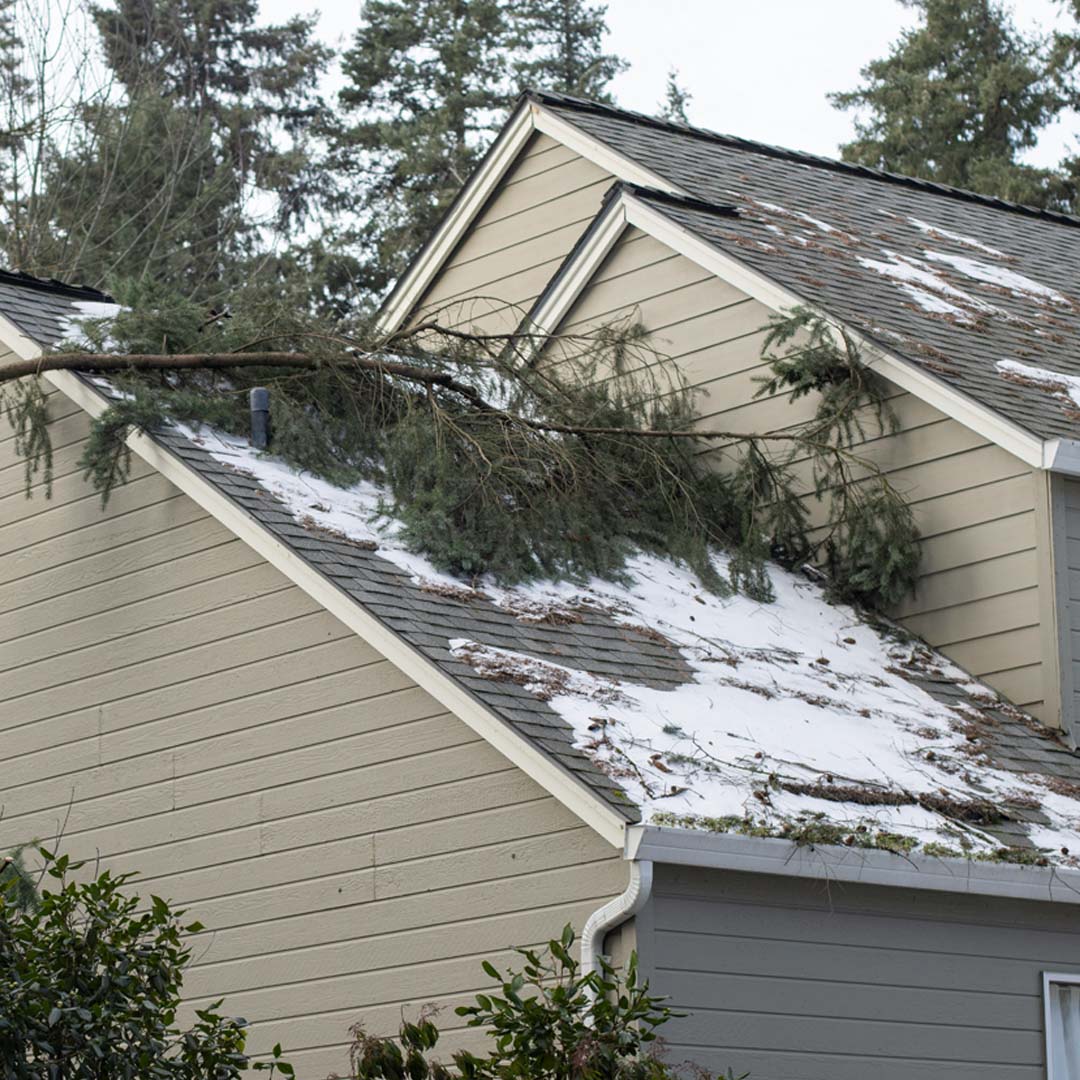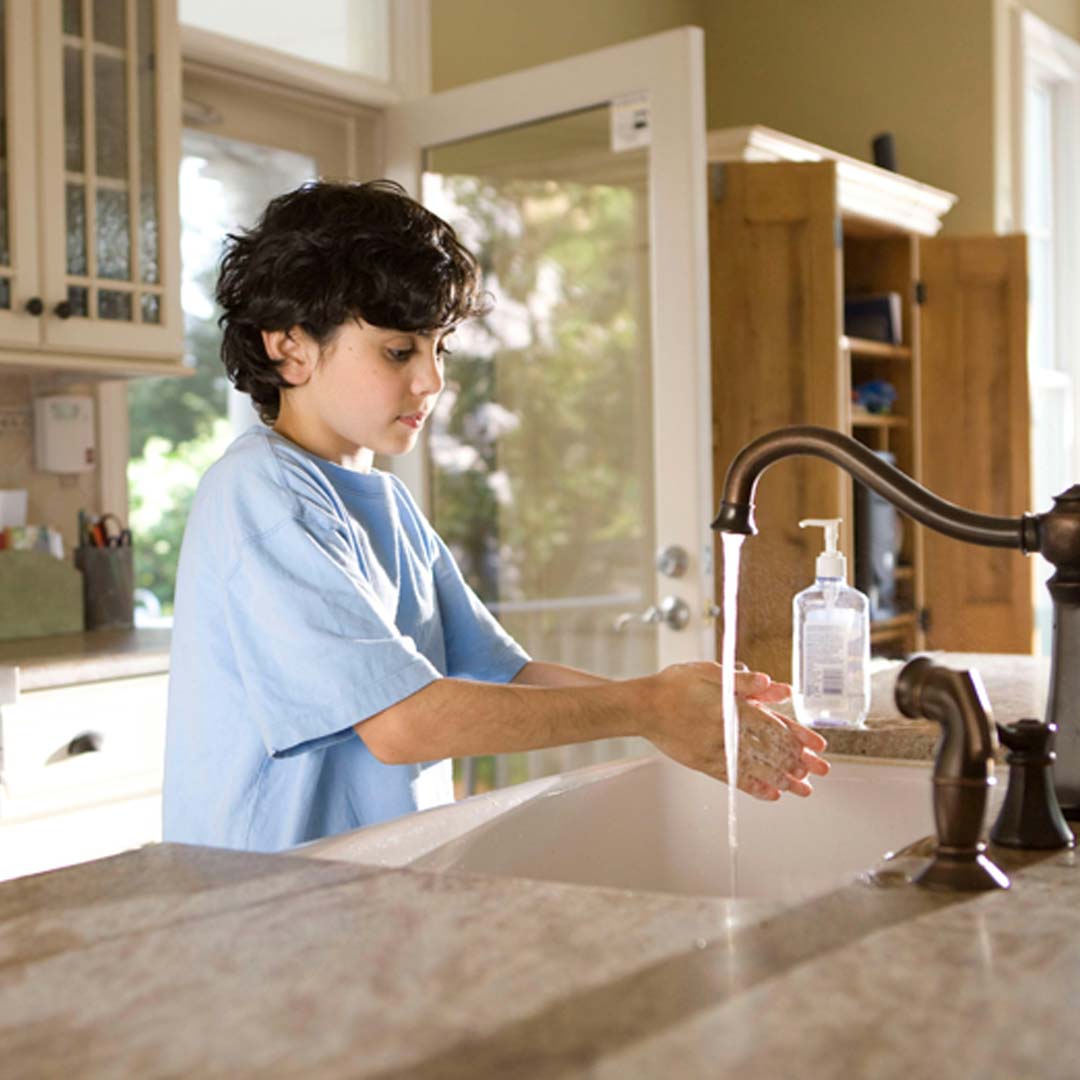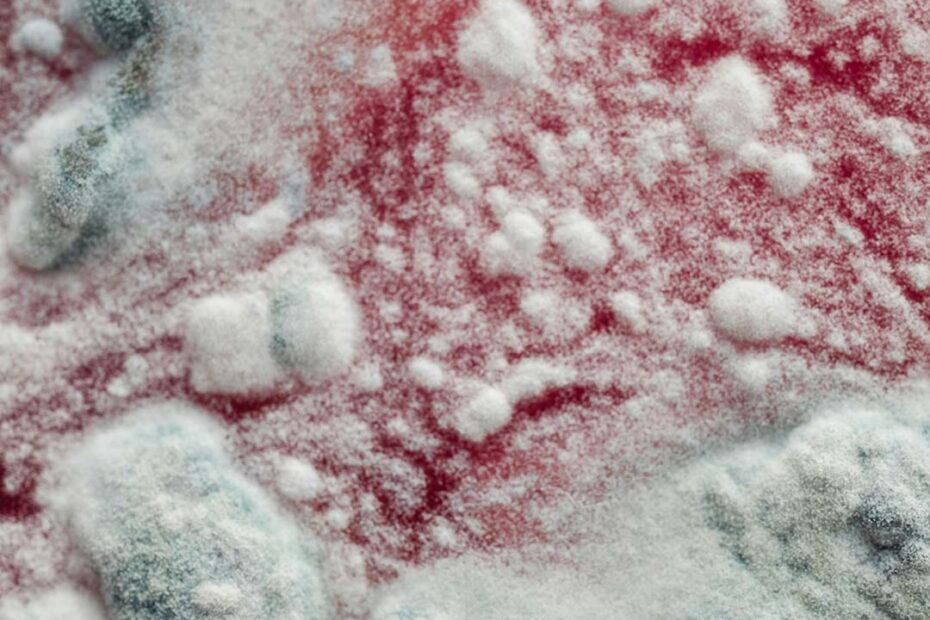Mold is a common but potentially dangerous problem in homes, often growing unnoticed until it becomes a serious issue. Identifying mold early can help prevent extensive property damage and protect the health of your family.
Here are the key signs of mold presence and the health risks associated with prolonged exposure.
Common Signs of Mold in Homes

Discoloration on Surfaces – Mold often appears as black, green, white, or even orange patches on walls, ceilings, floors, and other surfaces. If you notice unusual stains or spots that continue to grow, mold may be the culprit.
Musty Odors – A persistent, earthy, or musty smell is a strong indicator of mold growth, even if you can’t see it. Mold often thrives in hidden areas such as behind walls, under carpets, or inside HVAC systems.
Water Damage and Damp Areas – Mold thrives in moisture-rich environments. If your home has experienced leaks, flooding, or high humidity, it’s important to inspect areas prone to dampness, such as basements, bathrooms, and attics.
Peeling or Warping Surfaces – Mold growth can cause paint to bubble, wallpaper to peel, and wood to warp or rot. These are clear indications that moisture is present, creating an ideal environment for mold.
Health Implications of Mold Exposure

Mold exposure can have serious health consequences, particularly for individuals with allergies, asthma, or weakened immune systems. Some of the most common health symptoms include:
- Allergic Reactions – Mold spores can trigger sneezing, runny nose, red or itchy eyes, and skin irritation.
- Respiratory Issues – Prolonged exposure can lead to coughing, wheezing, shortness of breath, and aggravation of asthma symptoms.
- Chronic Fatigue and Headaches – Some individuals report persistent headaches, fatigue, and difficulty concentrating when exposed to mold over time.
- Severe Reactions – In extreme cases, mold exposure can lead to lung infections and other serious health conditions, particularly in immunocompromised individuals.
What to Do If You Suspect Mold

If you notice signs of mold in your home, it’s important to take action immediately. Here are some steps to follow:
- Inspect and Identify – Look for visible mold growth and any sources of excess moisture.
- Improve Ventilation – Increase air circulation and use dehumidifiers to reduce indoor humidity levels.
- Seek Professional Assistance – Mold removal can be complex and hazardous. Contact a professional mold remediation service, like Swipe Contracting, to ensure safe and effective removal.
Mold can pose significant risks to both your home and your health. By staying vigilant and addressing potential mold problems early, you can protect your living environment and well-being. If you suspect mold growth, don’t hesitate to reach out to Swipe Contracting for expert mold inspection and remediation services.
